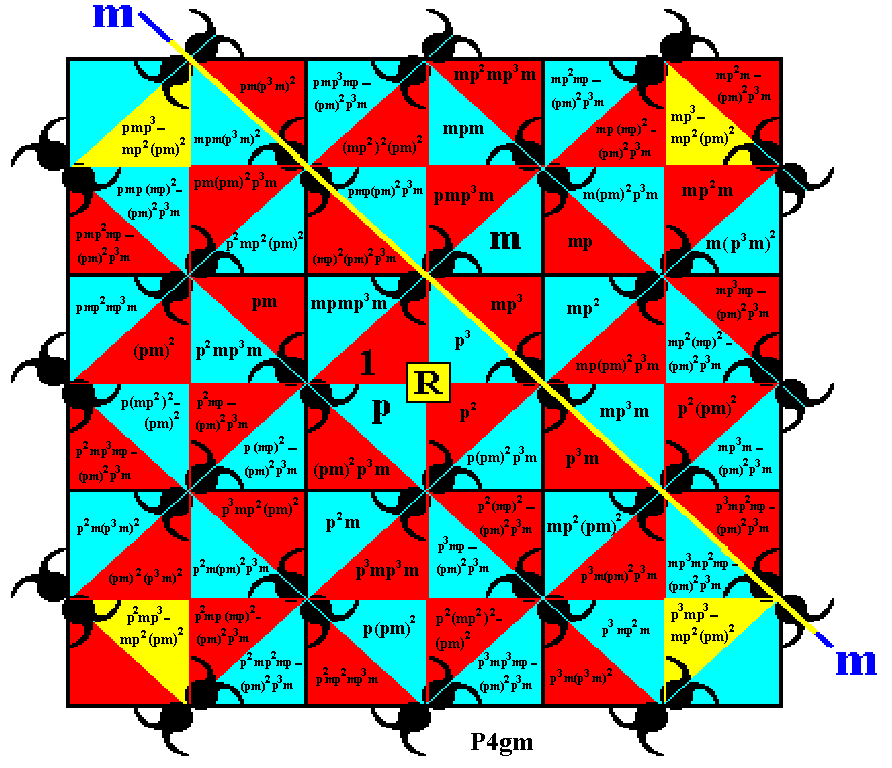
We continue our investigation concerning the generation of the Plane Group P4gm, i.e. the generation of its group elements.
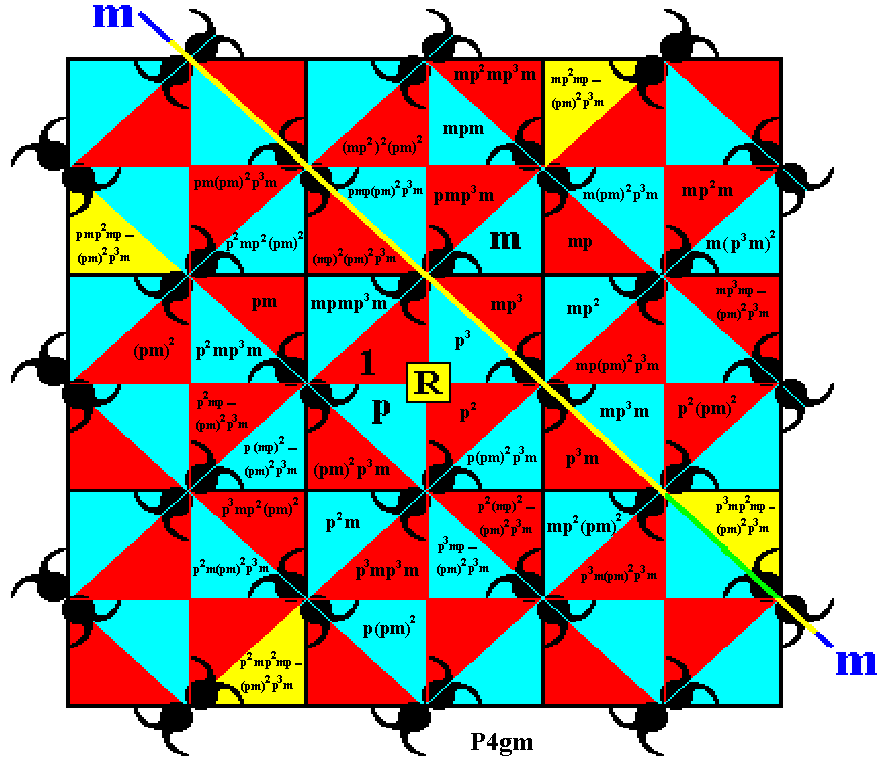
Figure 1. Three more group elements are generated by (repeatedly) applying the generator p to an already existing element.
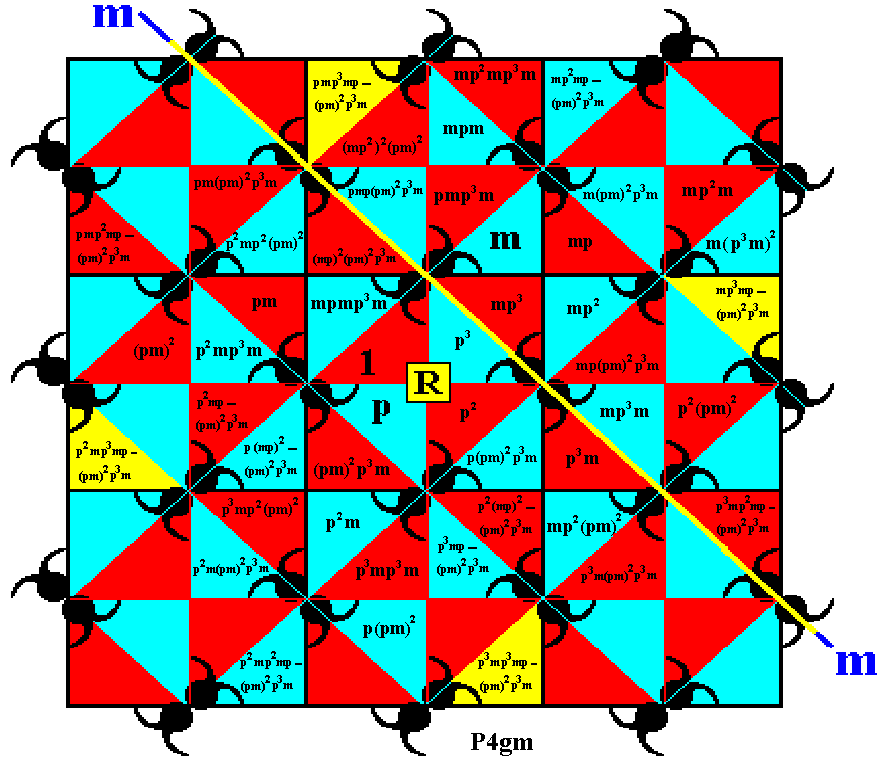
Figure 2. Three more group elements are generated by (repeatedly) applying the generator p to an already existing element.
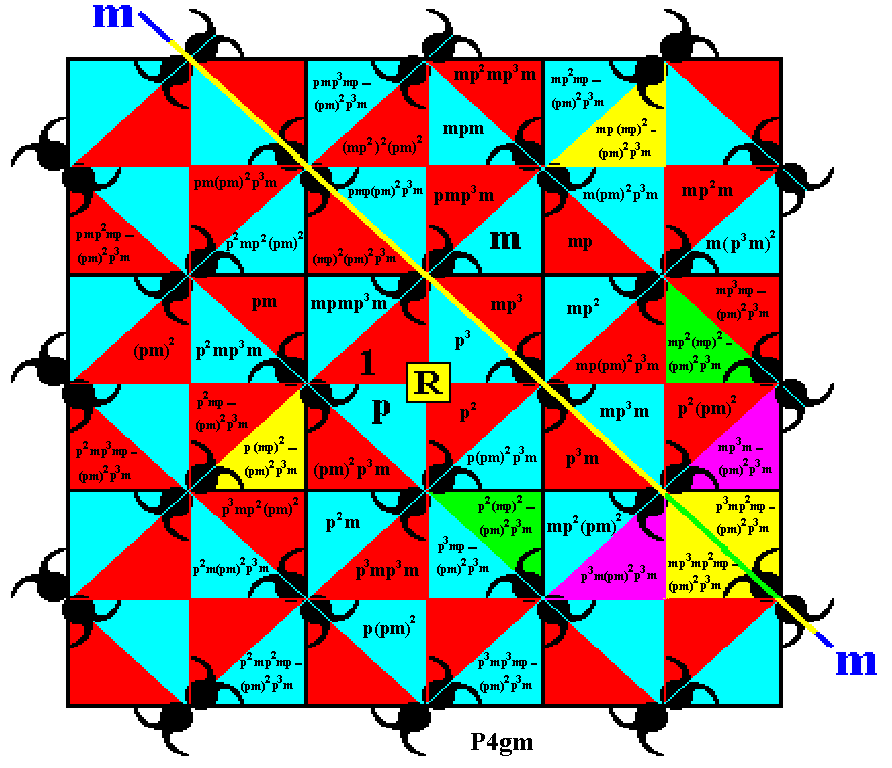
Figure 3. Four more group elements are generated by applying the generator m to already existing elements.
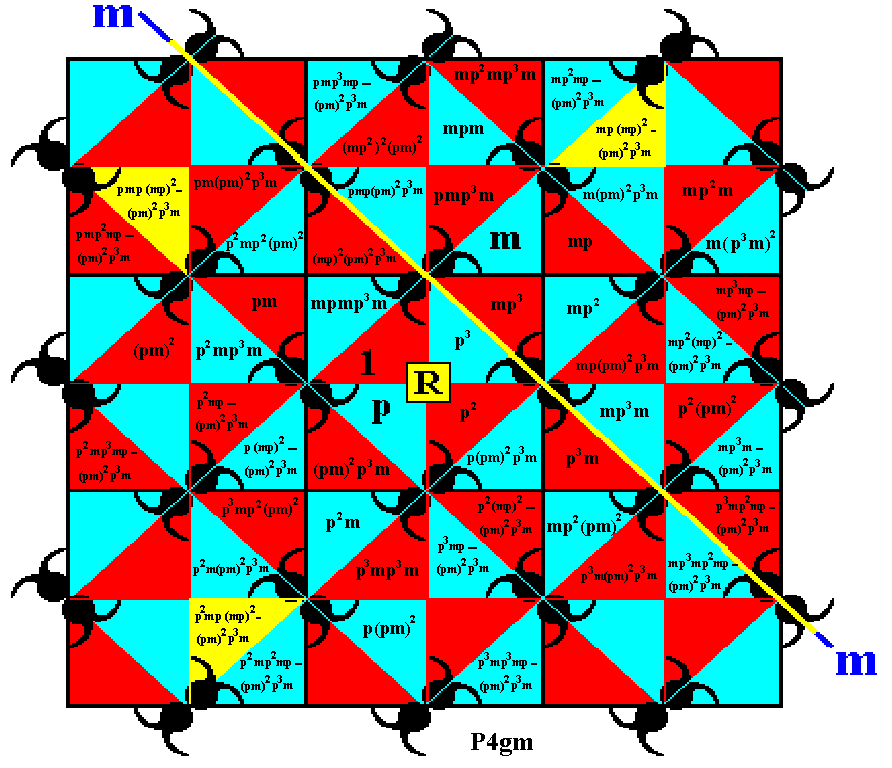
Figure 4. Two more group elements are generated by (repeatedly) applying the generator p to an already existing element.
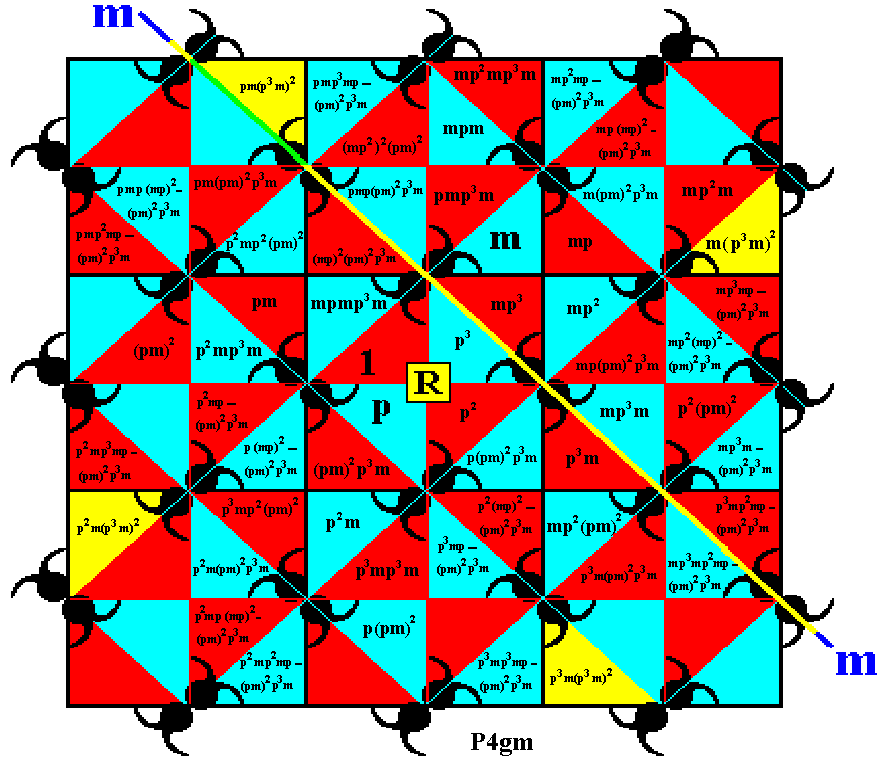
Figure 5. Three more group elements are generated by (repeatedly) applying the generator p to an already existing element.
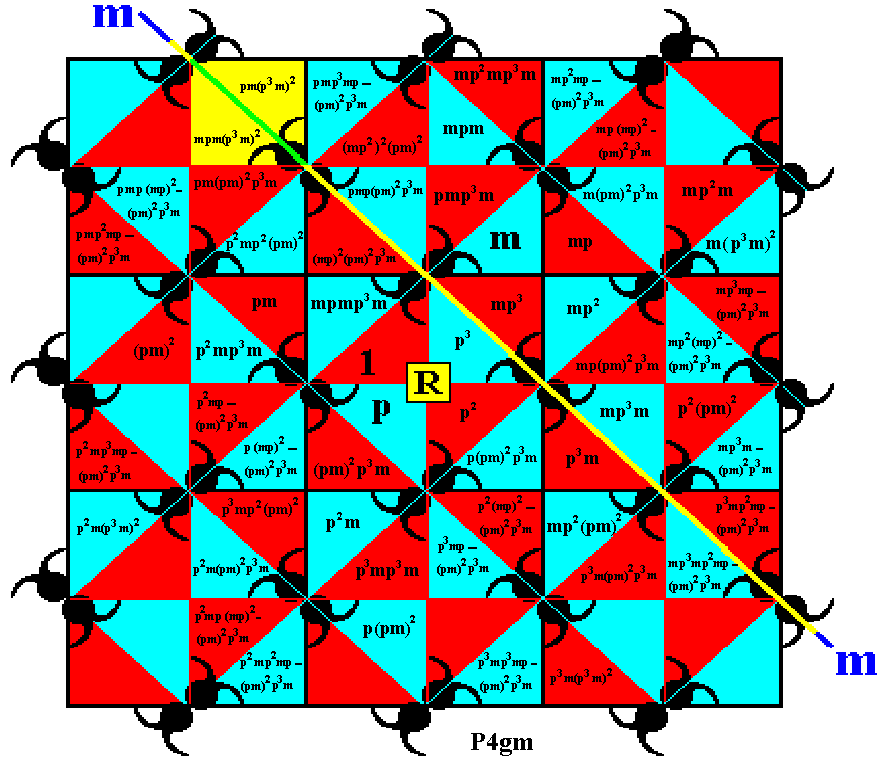
Figure 6. One more group element is generated by applying the generator m to an already existing element.
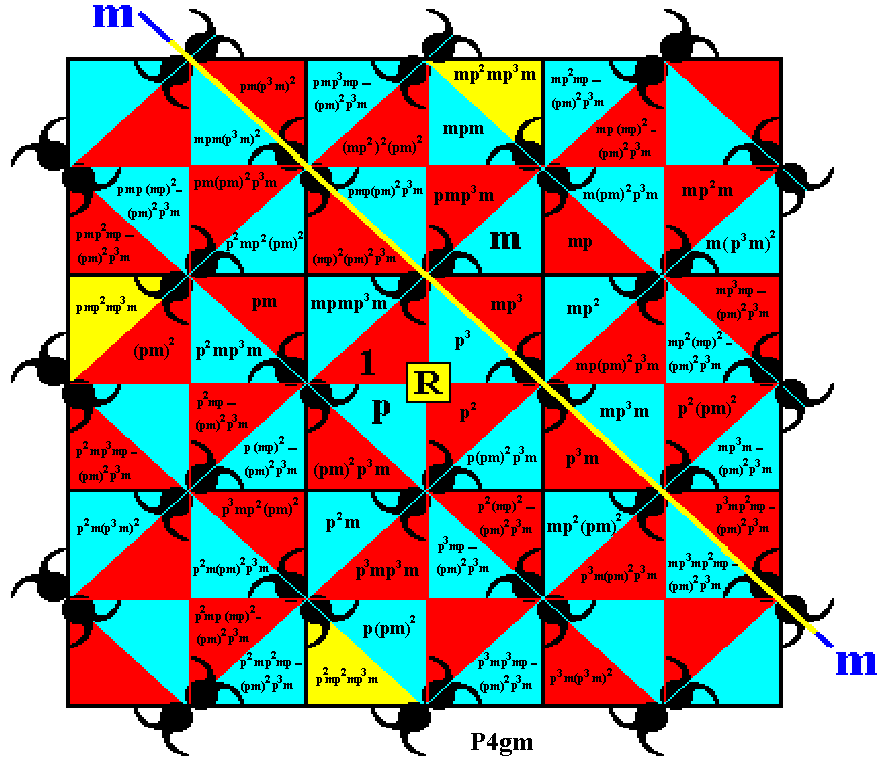
Figure 7. Two more group elements are generated by applying (repeatedly) the generator p to an already existing element.
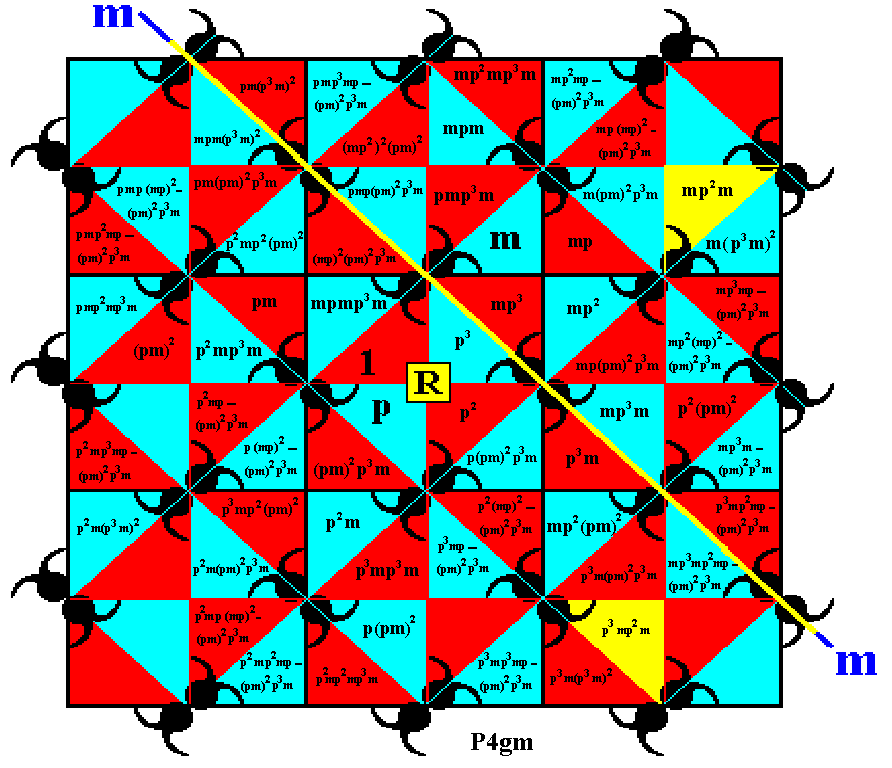
Figure 8. One more group element is generated by applying (repeatedly) the generator p to an already existing element.
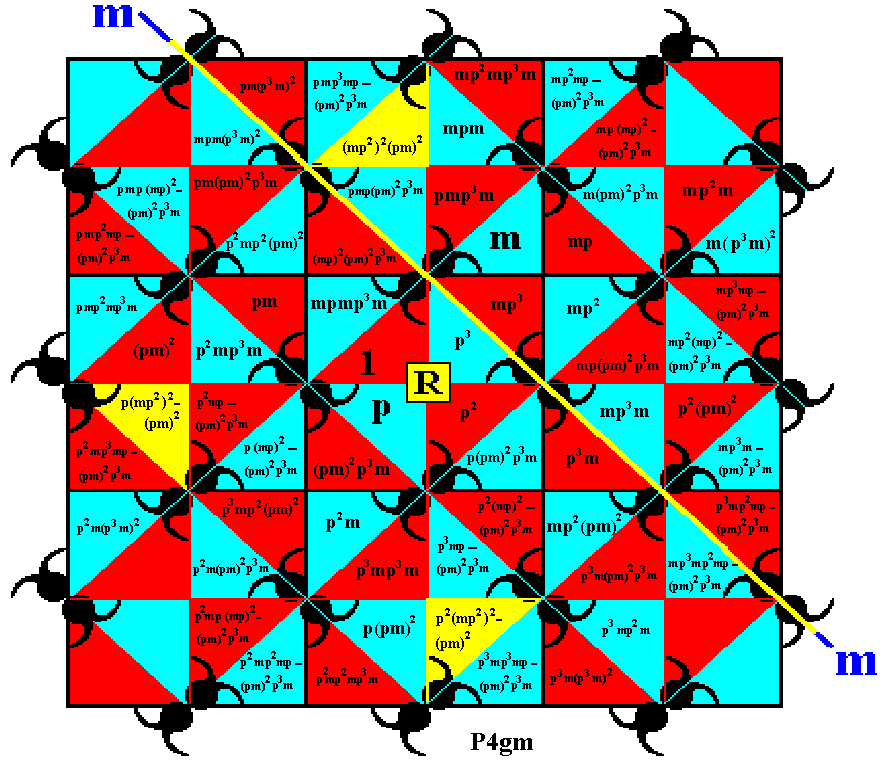
Figure 9. Two more group elements are generated by (repeatedly) applying the generator p to an already existing element.
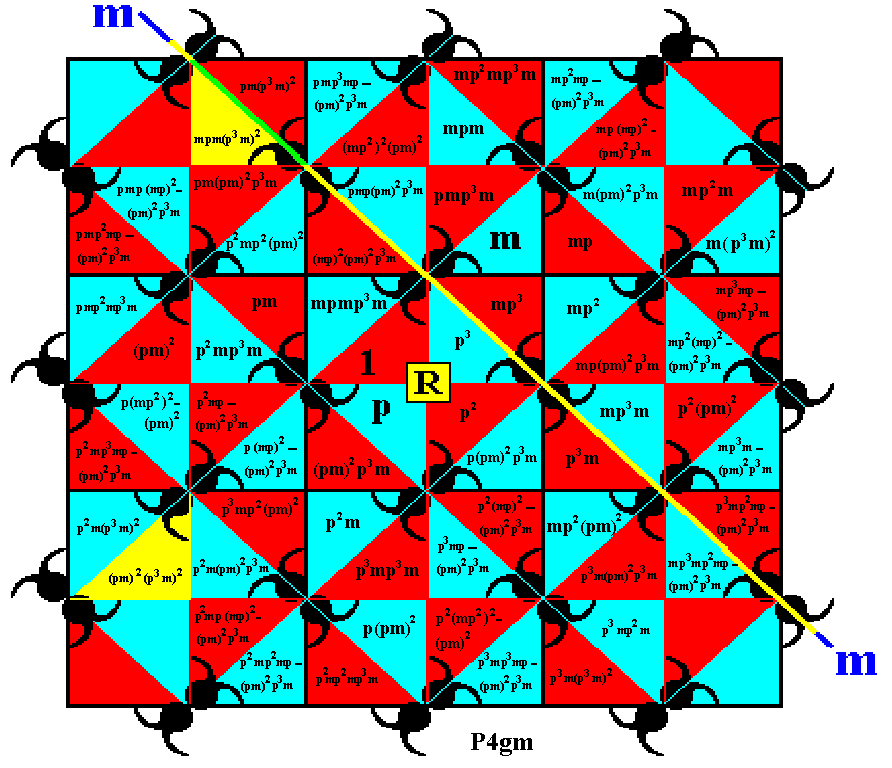
Figure 10. One more group element is generated by applying the generator p to an already existing element.
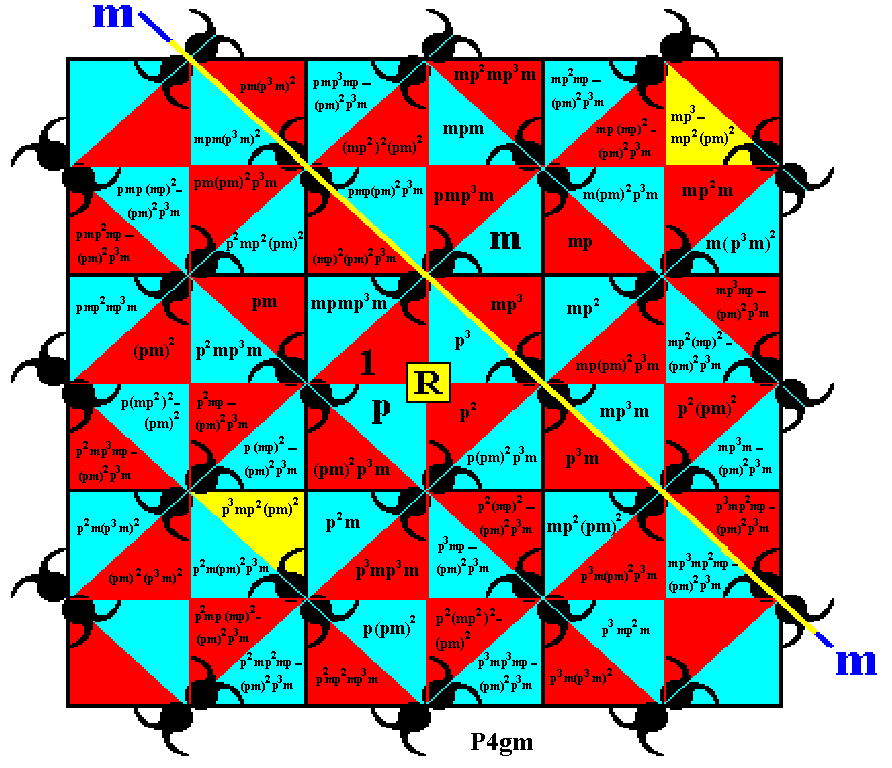
Figure 11. One more group element is generated by applying the generator m to an already existing element.
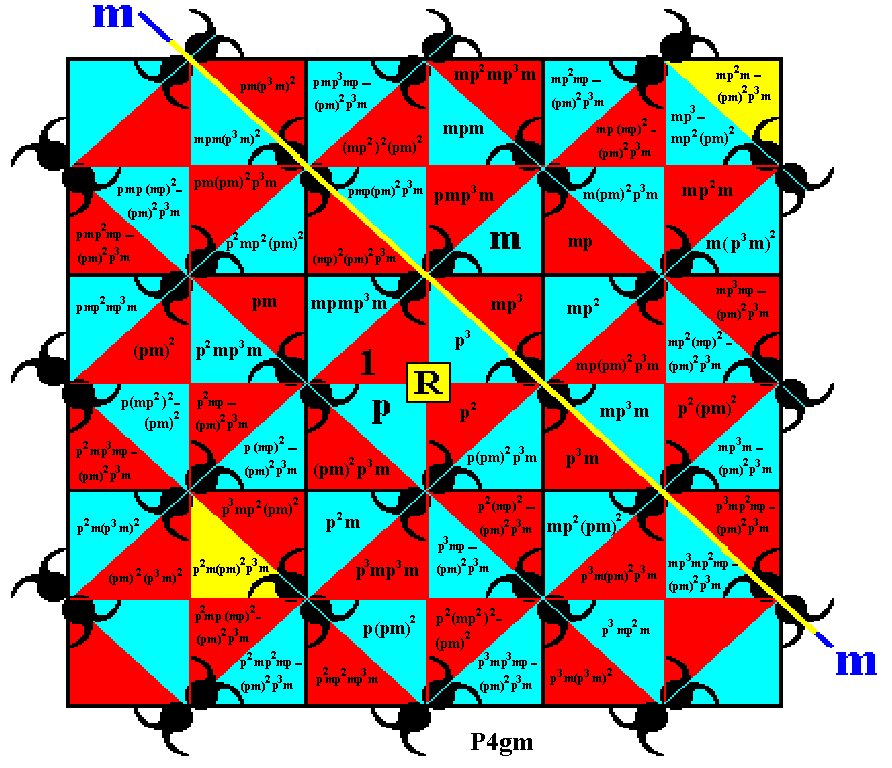
Figure 12. Again, one more group element is generated by applying the generator m to an already existing element.
As can be seen, the rest of the group elements of the displayed part of our P4gm pattern can be obtained by rotating the two last obtained elements (in the upper right corner) about the point R . See next two Figures.

Figure 14. Three more group elements are generated by applying (repeatedly) the generator p to an already existing element.
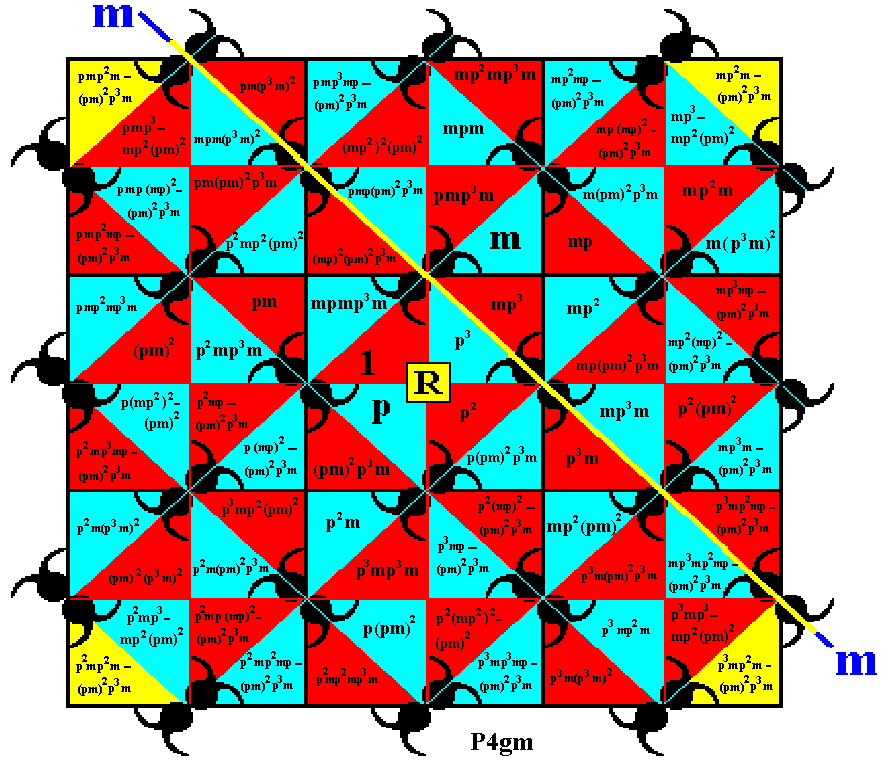
Figure 15. Finally, three more group elements are generated by applying (repeatedly) the generator p to an already existing element.
The next Figure gives our final result, which is the same as the previous Figure, but now with the original colors of the lastly considered group elements restored.
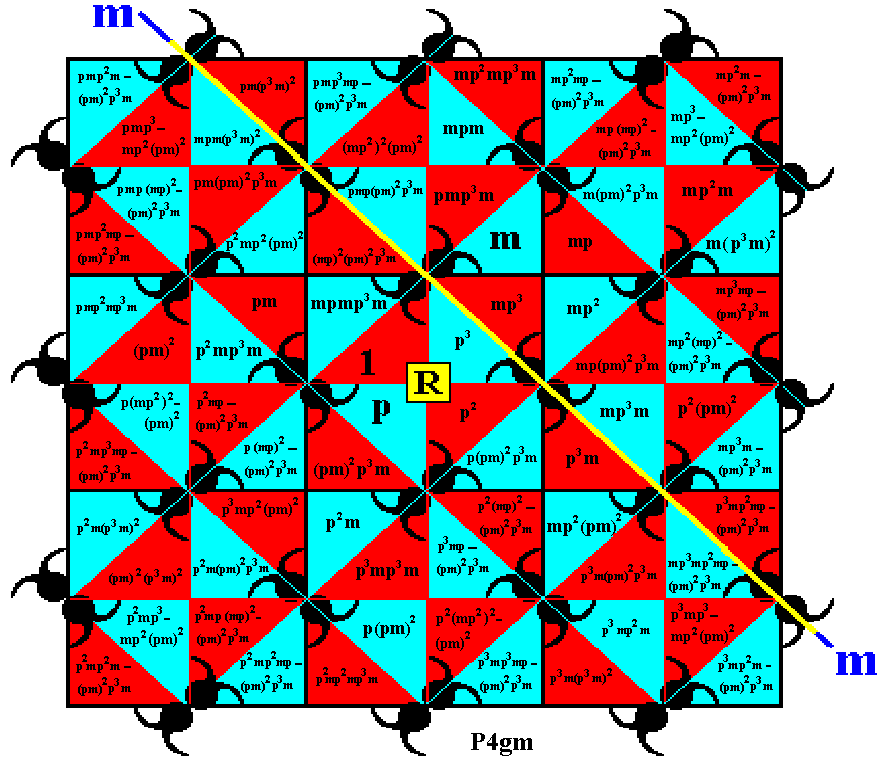
Figure 16. All group elements of the displayed part of our P4gm pattern are generated from the initial element by the generators p and m , which implies that all the group elements are expressed in these two generators.
While using ony two generators, this was a long process to generate all the group elements of the displayed P4gm pattern. If we had added a third generator, a translation, then the process would have been much easier. One translation all by its own cannot generate the pattern (from one ultimate asymmetric unit), because a translation preserves orientation, while the pattern contains differently oriented (ultimate) motif units, in virtue of the rotations involved. Similarly, a translation and a rotation are not enough to generate the pattern (from one asymmetric unit) because they both are mechanical transformations that can physically be performed on an object. But the pattern also includes reflected units, and a reflection is not a mechanical transformation, it cannot physically be performed on an object without using an extra dimension (for instance, a reflection in two-dimensional space of a two-dimensional object can only be performed by flipping that object through a third dimension).
As with the generation of the other Plane Groups, done in the previous documents, we see this generation as an objectively existing immaterial noetic process (thinking process), and as such representing the particular group as an "Idea". In Neoplatonic metaphysics this Idea in fact resides in Nous or Intelligence, the second metaphysical level or hypostasis. Nous directly intuits the Ideas from The One, the First Hypostasis, while Soul, i.e. the World-Soul or Third Hypostasis, contemplates the Ideas (from Nous) by discursively thinking them. Because of the latter they are somewhat fragmented, expressed, for example, by the noetic generation process of a group, and as such, i.e. as residing in Soul, it is not the Idea itself as it is in Nous, but just an image of the real Idea. As residing in Soul this process is a formative field, informing Prime Matter, and resulting in concrete material structures, i.e. structures as they appear in the Explicate Order.
The mentioned fragmentation -- to some degree -- taking place when we go from Nous to Soul, means a certain degree of explication, finding its ultimate state in Matter when the latter is informed by Soul. In the process of the Return -- i.e. the reversal of the emanation -- the totally explicate material structures become implicate again, and increasing so, till arriving in The One (return to the ultimate cause). The two directions of the emanation (procession and return, according to Neoplatonism) can -- I think -- be compared with the processes of projection and injection in BOHM's theory of the Implicate Order.
In the next document we will start with the Plane Groups of the 2-D Hexagonal Crystal system, i.e. two-dimensional crystals (patterns) based on a hexagonal point lattice.
e-mail : 
To continue click HERE for further study of the totally dynamic and holistic nature of Reality.
back to homepage
back to the Ink-in-Glycerine Model
back to Part I of The Crystallization process and the Implicate Order
back to Part II of The Crystallization process and the Implicate Order
back to Part III of The Crystallization process and the Implicate Order
back to Part IV of The Crystallization process and the Implicate Order
back to Part V of The Crystallization process and the Implicate Order
back to Part VI of The Crystallization process and the Implicate Order
back to Part VII of The Crystallization process and the Implicate Order
back to Part VIII of The Crystallization process and the Implicate Order
back to Part IX of The Crystallization process and the Implicate Order